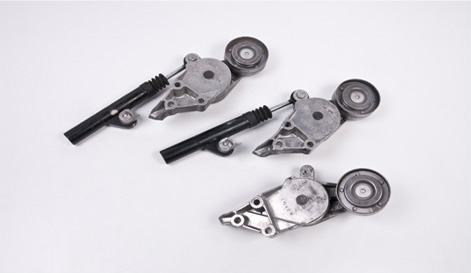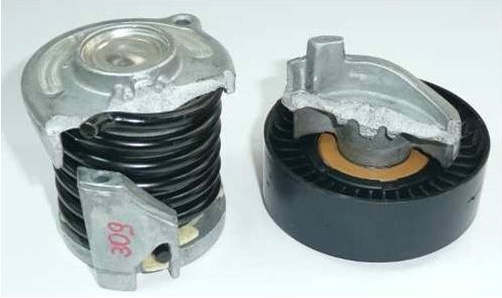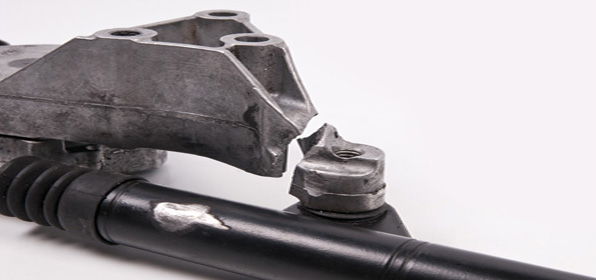
Vehicle make(s): Various, including Audi, SEAT, Skoda and VW models
Engine: 1.9 TDi 8V

Developments at OE level mean that different models in the same vehicle range may be equipped with different Synchronous Belt Drive Systems that require specific sets of tools to complete the job. While this requires additional garage investment that must be recovered, it is the introduction of new drive system components in the ABDS that is likely to add significantly to the overall cost of drive system repairs.
When it comes to ABDS maintenance, things are tight and not just in relation to the tension on the belt. Garage customers have rarely been more aware about the price of parts and the cost of vehicle repairs, but it’s hard to convince them to spend now and save later.
Gates, one of the world’s largest manufacturers of OE belts and tensioners, argues that if a symptom is cured but the cause of the problem remains undetected, the vehicle will be back for a rectification job. And next time, the problem may be more serious.
Vibration control
In order to deal with a lot of vibrations in the ABDS, modern engines are equipped with technology such as Overrunning Alternator Pulleys (OAPs) and Torsional Vibration Dampers (TVDs). Until recently, these components were rarely encountered in the aftermarket, let alone considered parts for inspection at belt replacement time. Now found in models in increasing numbers, they are expensive to replace, but even more expensive if not replaced as part of a preventive maintenance schedule.
Function and role
TVDs have important roles to play inside modern cars. In order to extend the operational lifetime of components powered by the belt, they absorb vibrations from the crankshaft. If the TVD fails, or its ability to dampen vibrations reduces through wear, there is a significant risk of damage to the belt and possibly the driven accessories. If left unchecked, a broken crankshaft becomes a very real possibility.
OAPs are more recent additions to ABDS technology. These have been designed to overcome variations in different component speeds within the drive. OAPs are special kinds of pulleys, which allow alternators to continue to run on when the engine speed decreases. This reduces the potential for belt slippage on the alternator pulley. Reduced Noise/Vibration/Harshness (NVH) and increased component life are important benefits.
Consequence of failure
By absorbing vibration and allowing the engine to perform to its true potential, OAPs and TVDs are inevitably subject to wear and begin to fail.
For example, an OAP that is underperforming generates vibrations that adversely affect the smooth running of the belt. The cumulative affect is to increase stress on the tensioner bracket, which begins to experience material fatigue. The ultimate consequence is the rupture of the tensioner bracket.
Analyses of examinations by Gates Inspectors on the aforementioned models show that rupture related to OAP wear will always take place at the same point: shearing takes place just above the connection of the tensioner bracket with the hydraulic damper. In such cases, shearing of the tensioner bracket is a symptom of the additional vibrations generated by the worn OAP and not the cause of the premature belt failure.
Mistaken identity
Unfamiliar with the components, mechanics often confuse the symptoms that are generated by wear of these components as problems with the belt. This is especially true in the wake of scheduled maintenance, where the OAP has not been considered for replacement at the same time as the belt.
Customers should be advised of the potential risks to the drive system if not replaced.

Conclusion and recommendations
OAPs as well as TVDs are not designed to operate for the lifecycle of the car. They are service items. So, it makes sense to replace them at the same time as the ABDS belt.









